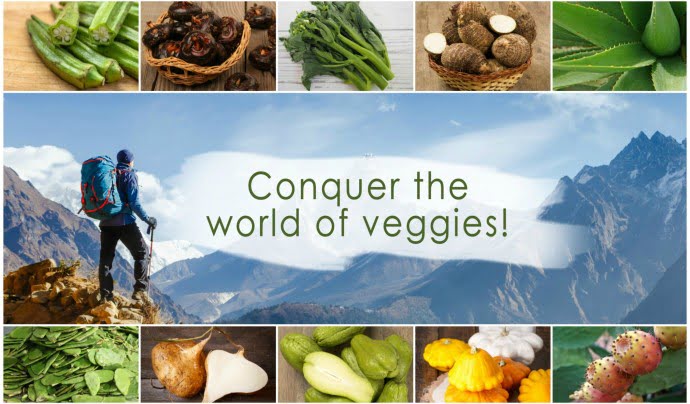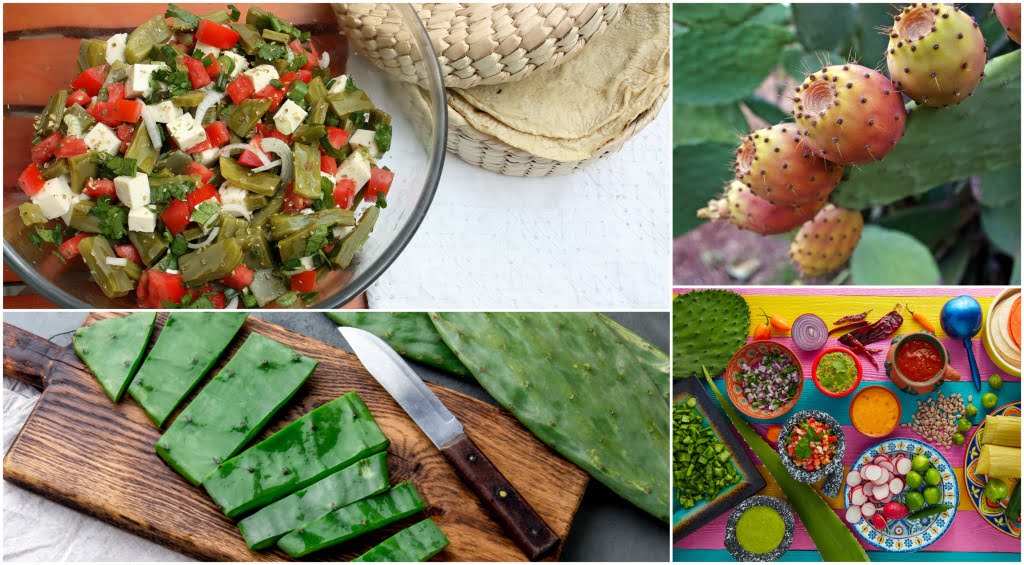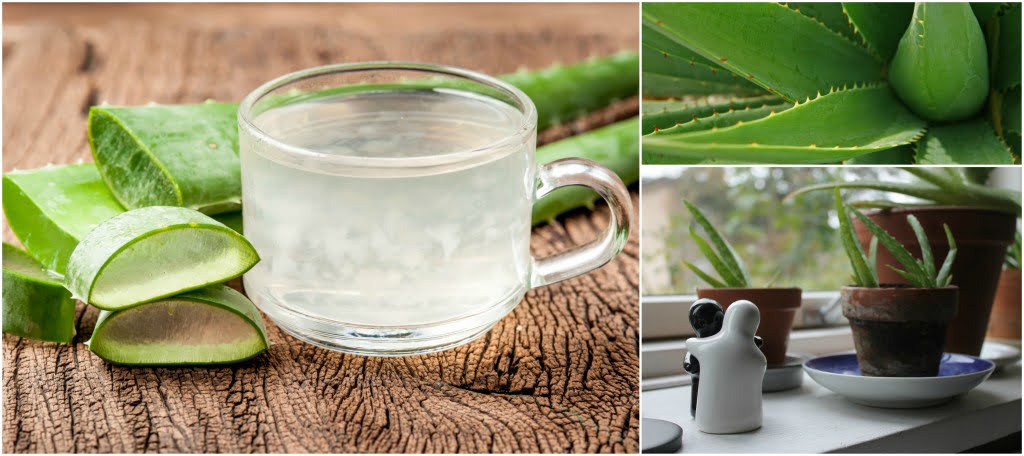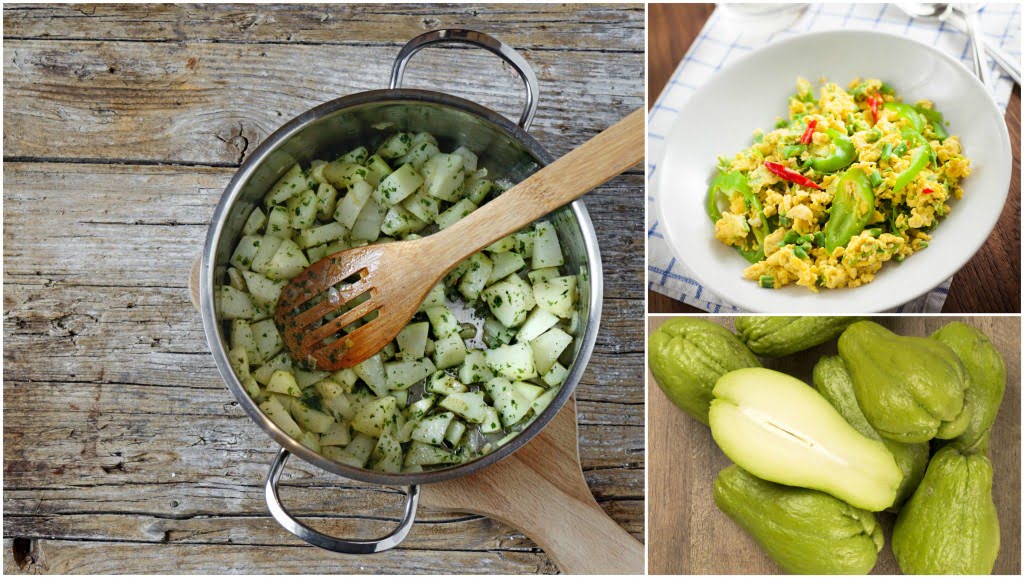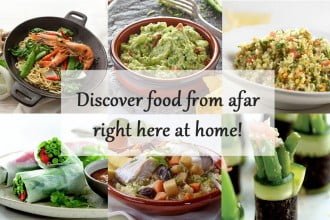As a foodie, I love discovering new flavours, but if like me, you don’t always have the time or inkling to cook, it’s not uncommon to fall back on spaghetti Mondays, macaroni Tuesdays or leftovers Wednesdays.
For the last year, I’ve started making more of an effort. I’ve met people who get me to try new recipes and made me realize that it’s not that hard to expand your menu. Take potatoes. You can replace them with a variety of veggies, many of which you’ll discover in a just a sec. There is a lot of food and recipes that can take you anywhere.
Despite adding new food and dishes to your diet, after a while, you end up reaching a certain comfort level that slows down your gastronomic discoveries. That’s why I suggest you start conquering the world of veggies!
So here are 9 plants and veggies to try on a culinary expedition that’s out of the ordinary!
1. Nopal (Barbary fig)
A native to Mexico, this big cactus is so well-entrenched in Mexican culture it appears on the country’s flag. The Barbary fig is tree composed of paddles that the Barbary figs cling to, also known as prickly pears.
Nutritional value and health benefits of Barbary figs
A good source of fiber, magnesium and vitamins C and A, the Barbary fig is an antioxidant that helps regulate the intestinal tract that promotes tissue renewal of organisms. It also contributes to maintaining muscle and the nervous system. Its high water content and sweetness make this a juicy and refreshing fruit.
So at the end of 2017, the UN Food and Agriculture Organization (FAO) declared the Barbary fig (AKA prickly pear) as a precious plant of the future for food and forage.
How to cook nopal?
Like the paddles, the figs are edible and there a ton of recipes on how to prepare them. In Mexico, they really love nopal paddles in salads. As for the figs themselves, simply remove the needles, cut them in two and enjoy with a spoon.
Curious? Here’s a guide that explains how to prepare them, as well as a few recipes that will let you give a handle on the figs and their paddles.
Cactus with chicken in a red california chili sauce
You can find nopal leaves in Latin grocery stores.
2. Okra (gumbo)
Native to Africa, okra is especially used in African, Indian, Thai and Cajun cooking.
Nutritional value and health benefits of okra
Rich in fiber and among food highest in vitamin C, okra has many benefits, such as: regulating cholesterol, decreasing the incidence of asthma, controlling diabetes, lowering fever, strengthening the immune system, improving digestion and for women, contributing to a healthy pregnancy.
How to cook okra?
Ladies’ fingers or lady’s fingers as it’s known in the US, can be eaten raw, cooked, fried, boiled and even dried. In Africa, it’s often used in stews and sauces. It has a delicate taste similar to eggplant.
If okra is beckoning to you, you should know that it’s always better to use a wooden spoon as opposed to a metal one, so it doesn’t lose the stickiness that it brings to a dish.
Here are a few recipes that will initiate you to this veggie:
Crispy roasted okra with bacon
Creole Style Stewed Okra And Tomatoes
Cajun Shrimp and Okra Gumbo Recipe
3. Aloe vera (aloe)
Nutritional value and health benefits of aloe vera
A cactus native to South Africa and today grown all over the world, aloe is used to heal external afflictions like burns, acne, eczema and psoriasis. It’s the go-to plant for the health benefits when ingested because ingesting it can promote healthy teeth and gums, lower blood sugar levels and soothe gastro-intestinal problems. Composed mainly of water, beta-carotene, vitamins C and E, this cactus also helps slow down the skin’s aging process. It was for these benefits that the Egyptians called it the plant of immortality 6,000 years ago.
How to cook aloe vera?
As it has little flavour of its own, generally aloe is enjoyed as a juice because it takes on the taste of the ingredients it’s prepared with. Of course, the little gelatinous pieces from making the juice can bother some people, but if you like your orange juice with pulp, you probably won’t even notice.
Please note that when consuming aloe, you must use the aloe vera leaves and not the gel itself.
4. Jicama (yam bean)
Nutritional value and health benefits of jicama
Very popular in Mexico, Central America and Southeast Asia, this root vegetable can be consumed raw or cooked. Jicama has many health benefits, several of which are attributed to the strong presence of inulin. Inulin is a fiber that helps maintain a healthy digestive system, reduces the risk of colon cancer and promotes bone health by improving calcium absorption. Besides inulin, jicama is rich in vitamins C and B6 and is a good source of minerals – potassium, iron, copper and magnesium, to be exact.
How to cook jicama?
Sweet and crunchy, jicama is delicious in salads and when cooked, can replace potatoes and sweet potatoes. It goes really well in soups and stews or as a simple mash, for example. As the skin isn’t edible, you can remove it, then wash well before using.
5. Water chestnuts
Not to be confused with chestnuts from the nut family, water chestnuts are an aquatic bulb native to China.
Nutritional value and health benefits of water chestnuts
A good source of fiber, potassium, riboflavin, magnesium and phosphorus, water chestnuts aren’t only delicious, they’re also nutritious.
How to cook water chestnuts?
Used especially in Chinese and Vietnamese cooking, water chestnuts are peeled like apples. They have a white flesh that’s a little bit sweet, juicy and crunchy which makes them an amazing addition to stir-fries and salads. You’ll also find them in a few desserts and they’re just delish wrapped in bacon for a little salty sweet, by the way.
Way back when in China, people used water chestnuts as a breath freshener or if consumed with tea, to soothe a cough. So have we piqued your interest in water chestnuts? You’ll find them in our Asian-style vegetable stir-fry mix.
6. Yams

Despite what you might think, yam isn’t just another name for sweet potato. In fact, yams have a darker skin, and a paler, drier flesh than sweet potatoes which means they need more oil, cream or butter for cooking.
Nutritional value and health benefits of yam
This veggie is rich in potassium, vitamin C, vitamin B6, thiamine, copper, folic acid and magnesium which helps lower cholesterol levels, improve memory and learning, regulates glucose and insulin levels, lowers blood pressure and helps protect the liver and kidneys.
How to cook yam?
Cooked more or less like a potato, yams are delicious fried, but when they’re boiled or mashed, they tend to lose some of their flavour. Depending on the variety, their flesh can be white, yellow or pink.
As the primary producer of this tuber, Africa celebrates the yam harvest with a scared ritual where it’s blessed and cooked.
Does this veggie intrigue you? Here are a few recipes:
Fried Yam (Dundun) and Ata Dindin
Roasted Butternut Squash & Yam Soup
7. Gai lan (Chinese broccoli)
Nutritional value and health benefits of gai lan
Like its cousin “regular” broccoli, gai lan is a kind of cabbage, but unlike cabbage, it’s not a native of Italy, but southern China. This veggie is rich in vitamins A, C and K and also contains calcium, fiber and iron. It can, therefore, help lower cholesterol and the risk of diabetes, contribute to weight loss and slows down the skin’s aging process.
How to cook Chinese broccoli?
Easy to prepare, you can cook Chinese broccoli like the broccoli you already know. More delicate and sweeter than broccoli broccoli, it’s delicious in stir-fries or as a simple side dish.
Here a few recipes to discover:
Stir-fried gai lan with garlic & oyster sauce
Chinese broccoli with chinese sausage
8. Pattypan squash
Nutritional value and health benefits of pattypan squash
As part of the cucurbits family like melon, squash, winter squash and pumpkin, pattypan squash is originally from Central America. Rich in beta-carotene, this summer squash helps break down iron, promotes healthy tissue, night vision and strengthens the immune system.
How to cook pattypan squash?
Grilled, stuffed or in a soup, pattypan squash will surprise you with its unique shape and slightly sweet taste that’s reminiscent of artichoke. This summer squash is without a doubt a veggie to add to your meals out on the patio.
To learn more about pattypan squash and get tips on how to cook it, visit the Louis Bonduelle website.
9. Chayote (christophine)
Personally, I’ve never seen a fruit with so many names, so if you come across a recipe that calls for shu-shu chinchayote, camochayote, mirliton or vegetable pear, know that it’s chayote they’re referring to. As part of the cucurbits family, chayote, like pattypan squash, is a native of Central America.
Nutritional value and health benefits of christophine
With almost as many nutrients as it has names, chayote is a source of vitamins A and C, potassium, copper and magnesium. It also seems to promote weight loss around the abdomen.
How to cook chayote?
Subtle, chayote’s taste evokes both potato and zucchini, so don’t hesitate to add it to recipes bursting with flavour. You can eat it raw or cooked and enjoy it in stews and salads, stuffed or baked au gratin.
Has any of these veggies piqued your curiosity? Give them a try and let us know what you think! If you want to continue your quest for unusual food or other types of cooking, I invite you to read Sabrina Dionne’s article, “Discover food from afar right here at home”.

